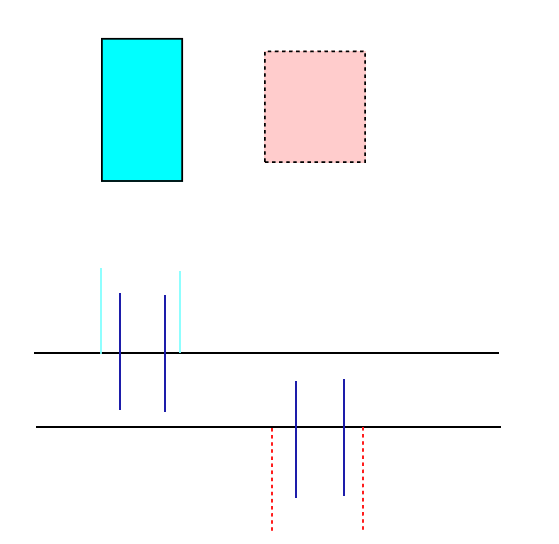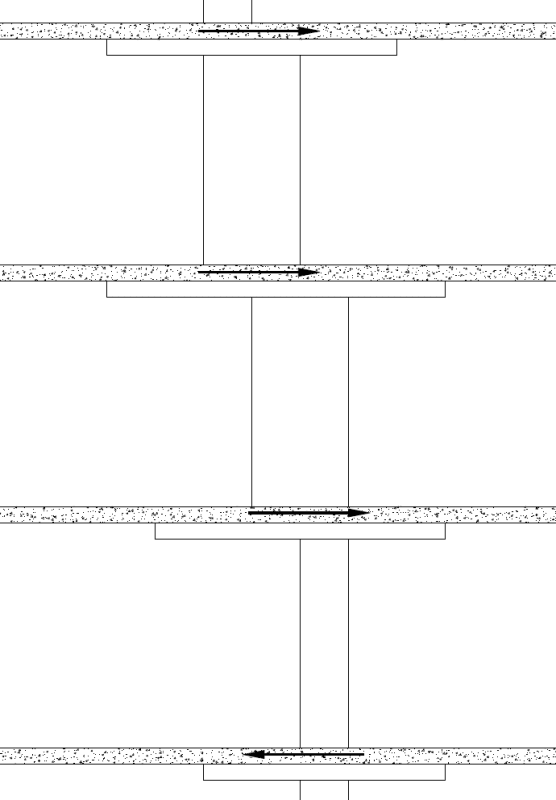Tim_777
Structural
- Mar 4, 2021
- 6
Due to architectural reason, the below column offset cannot be avoided. Can anyone please help me figure out how to analyze this?
1. What the connection is gonna be like since I cannot have dowel bars extended from bottom to top?
2. I have seen comps using the shared area only to check the compression. Is it necessary? I would expect the load transfer to the column below through the slab to its full area. What extra comps that I need to do here?
Thank you.

1. What the connection is gonna be like since I cannot have dowel bars extended from bottom to top?
2. I have seen comps using the shared area only to check the compression. Is it necessary? I would expect the load transfer to the column below through the slab to its full area. What extra comps that I need to do here?
Thank you.



